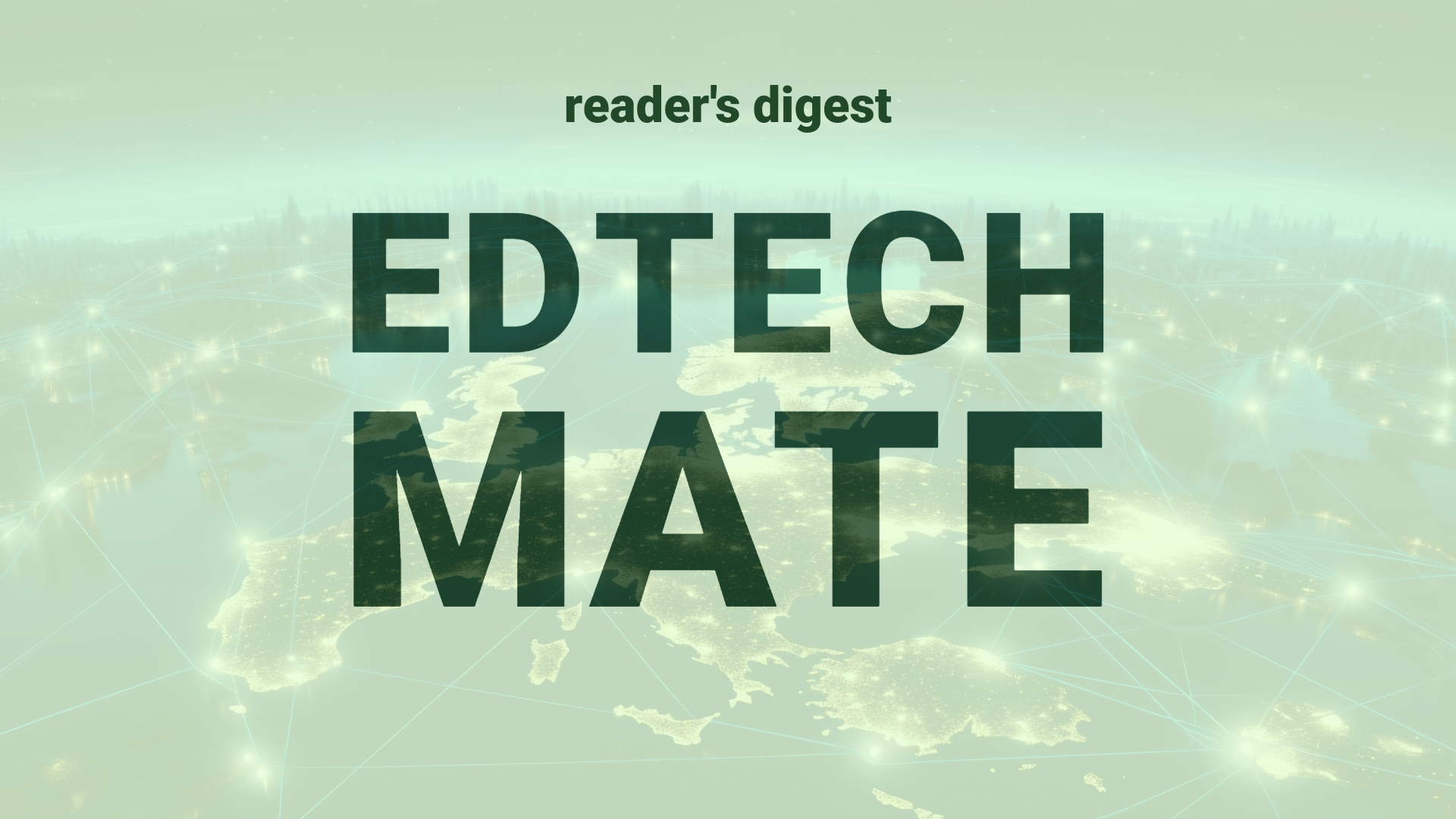Executive Summary and Main Points
The evolution of artificial intelligence in the enterprise sphere has generated considerable buzz around generative AI (genAI), as evidenced by the surge in interest from CEOs and board directors post the release of ChatGPT. A pivotal PwC report underscores this trend, revealing a vast majority of Chief Information Officers (CIOs) envisage genAI bolstering new business models by 2024. GenAI emerges as one in the triad of AI categories – Traditional Analytics, Predictive AI, and Generative AI – each with distinctive capabilities. While genAI excels in content creation, predictive AI remains a stalwart for data-driven forecasts. Enterprises, as highlighted by Thomas Robinson of Domino, are envisaged to blend predictive and generative AI for a multifaceted approach, steering away from the notion of constructing separate technology stacks for each AI domain.
Potential Impact in the Education Sector
The integration of genAI stands to significantly transfigure the landscape of Further Education and Higher Education. These sectors can leverage genAI for crafting personalized learning materials and devising predictive models to enhance student outcomes. Strategically, this alludes to the value of collaborative platforms that seamlessly unite predictive and generative technologies. Enhanced analytics derived from such platforms could inform the development and provision of micro-credentials, creating a more tailored educational experience. These dynamics in higher education are poised to be shaped by the strategic partnerships between ed-tech innovators and academia, converging around digitalization.
Potential Applicability in the Education Sector
Education systems worldwide could harness the intersection of predictive and generative AI for a myriad of applications, including the generation of individualized learning pathways and the predictive analysis of student performance. AI-driven platforms, like Domino’s Enterprise AI, could enable educators and administrators to amalgamate learning modalities, content creation, and pedagogical strategies into a cohesive operational model. This would not only streamline course delivery but also present new vistas for global education systems to explore AI’s educational potential.
Criticism and Potential Shortfalls
Despite the enthusiasm for genAI, critical analyses spotlight an array of vulnerabilities including “hallucinations” or inaccuracies in content generation, which may translate to challenges in the educational sphere. Ethical and cultural implications, such as biases in data sets and the digital divide, raise concerns about equitable access and representation in global education. International case studies demonstrate variances in technology adoption and the necessity of addressing these discrepancies to prevent exacerbating educational inequities.
Actionable Recommendations
For international education leadership exploring these AI advancements, a nuanced strategy emphasizing ethical considerations and cultural contexts is imperative. Implementing a common AI platform that supports both predictive and generative models could catalyze innovations in curriculum design and delivery. Furthermore, education leaders should foster strategic partnerships to bolster resource sharing, research initiatives, and global educational inclusivity, thereby enhancing the collective prowess of genAI in academia.
Source article: https://www.cio.com/article/1303502/generative-ai-is-hot-but-predictive-ai-remains-the-workhorse.html

